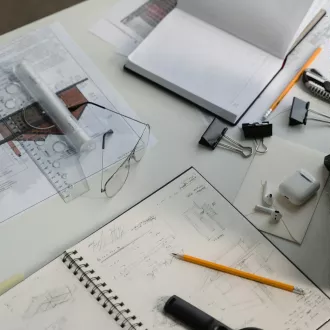Transcription Creation of healthy habits. Procedural memory
The creation of healthy habits is essential to increase productivity and well-being in the workplace. One of the key mechanisms in habit formation is procedural memory, which allows us to perform actions automatically and without conscious effort.
In this session, we will explore how procedural memory works and how we can take advantage of it to establish healthy habits in our daily routine.
What is procedural memory?
Procedural memory is a form of long-term memory that allows us to acquire skills and perform actions automatically and without conscious effort. It is responsible for forming habits and routines that we perform repetitively, such as brushing our teeth, driving a car or typing on a keyboard. This form of memory is based on repetition and constant practice, allowing actions to be performed more efficiently over time.
Procedural memory plays a key role in creating healthy habits. By repeating an action consistently, our procedural memory records the steps necessary to perform it automatically.
To establish healthy habits, it is important to identify the specific actions we wish to incorporate into our routine and repeat them consistently over time. For example, if we want to develop the habit of exercising regularly, we can establish a fixed schedule and perform physical activities consistently, which will allow our procedural memory to associate that activity with that time of day.
Repetition and consistency
Repetition and consistency are fundamental to habit formation through procedural memory. The more we repeat an action, the more we strengthen the neural connections associated with that action in our brain. To establish healthy habits, it is important to be consistent and repeat desired actions in a regular pattern. This helps the procedural memory to consolidate and allows us to perform those actions automatically and without conscious effort.
Context and activation signals
Context and activation cues are key elements for habit formation through procedural memory. Our brain associates certain contexts or stimuli with a specific action, which helps us remember to perform that action at the right time.
For example, if we want to create the habit of drinking water regularly, we can associate the action of drinking water with specific times of the day, such as every time we sit down at our desk or every time we hear the alarm clock go off. Establishing clear trigger cues and using the right context can facilitate the formation of healthy habits through procedural memory.
Overcoming initial resistance
It is common for us to face initial resistance when trying to establish new healthy habits. Our procedural memory is accustomed to performing certain actions, and changing those patterns requires effort and perseverance. To overcome this resistance, it is important to start with small changes and set realistic goals.
Instead of trying to change our entire routine from one day to the next, we can start by incorporating a single new action and repeating it consistently until it becomes an ingrained habit. As we overcome initial resistance and establish small healthy habits, our procedural memory will adapt and we will find it easier to incorporate additional changes.
Monitoring and Adjustment
Monitoring and adjusting are key aspects of ensuring that our healthy habits are maintained over the long term. It is important to regularly assess our progress and make adjustments to our routine if necessary. If we encounter obstacles or difficulties in establishing a habit, we can identify the reasons behind them and make adjustments to overcome them.
Monitoring also allows us to celebrate our achievements and stay motivated as we see our progress and the positive impact of our healthy habits on our productivity and well-being.
procedural memory




